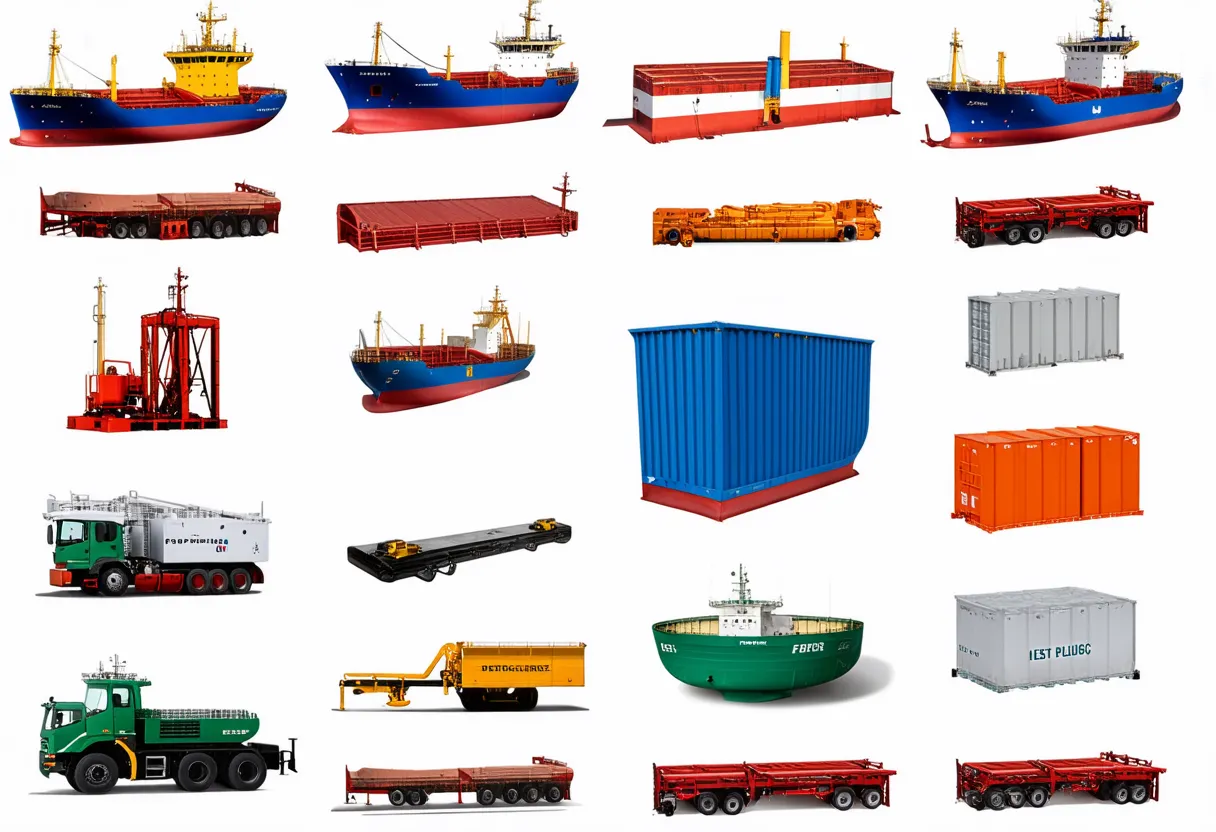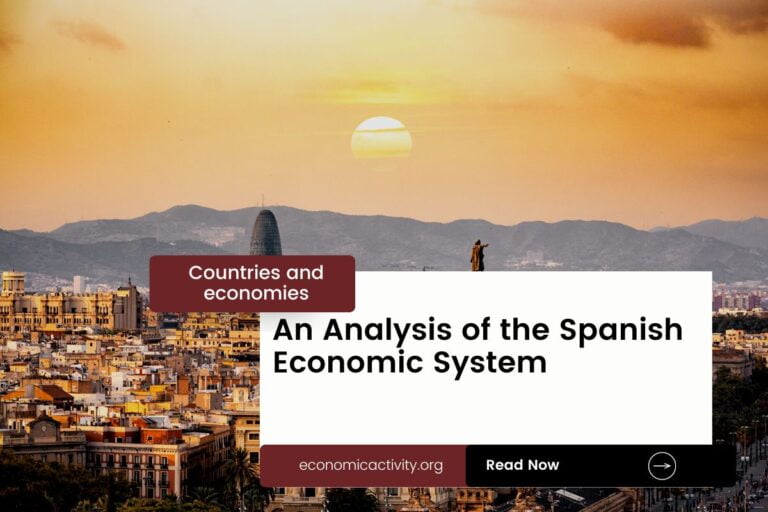Senegal, with a population of 17,316,449, is ranked 69th in the world, just behind Guatemala. Located in West Africa, it covers a total area of 196,710 square kilometers, ranking 83rd globally, just below Belarus.
Senegal’s economy in 2022 is positioned with a GDP of $27,684,264,748.23, ranking 108th globally. It falls behind Iceland, which has a GDP of $28,064,529,851.31. Senegal’s GDP per capita is $1,598.73, placing it at 153rd worldwide.
It lags behind Zimbabwe, with a GDP per capita of $1,676.82. Despite facing challenges, Senegal’s economy shows potential for growth and development in the coming years.
What are the economic activities of Senegal?
- Primary activities: 16.9% of GDP.
- Secondary activities: 24.3% of GDP.
- Tertiary activities: 58.8% of GDP.

Primary Sector of Senegal
Senegal’s primary sector, particularly agriculture, thrives due to its favorable climate and abundant natural resources. With 49.4% of the land dedicated to agriculture, the country produces a variety of crops like groundnuts, watermelons, rice, cassava, and more. Despite contributing 16.9% to the GDP, agriculture remains vital to the economy.
The diverse range of agricultural products, including maize, sorghum, and milk, highlights the sector’s significance and sustains livelihoods across the country.
The country’s geological diversity, ranging from coastal regions to mineral-rich areas, influences resource availability. The primary sector thrives on abundant fish stocks, phosphates for agriculture, and iron ore for export, driving economic growth and employment opportunities.
Senegal’s gas production contributes significantly to its economic activity, with 62 million m³ produced in 2020, ranking 86th globally.
Secondary Sector of Senegal
What is the secondary sector or what are secondary activities?
The secondary sector involves industries that transform raw materials from primary activities into finished goods for consumption. In Senegal, main industrial products include agricultural and fish processing, phosphate and fertilizer production, petroleum refining, zircon and gold mining, construction materials, and ship construction and repair.
Manufactures in Senegal’s total exports accounted for only 28.36% in 2023, indicating their relatively low significance in driving the country’s export economy.
Tertiary sector of Senegal
What is the tertiary sector or what are tertiary activities?
The tertiary sector in Senegal encompasses various services that enhance productivity and fulfill needs. Key activities include healthcare, education, banking, communication, tourism, transportation, and security. These sectors provide intangible goods like expertise and advice to both consumers and businesses, contributing significantly to the country’s economy.
Highlighting these, Senegal’s tourism industry plays a pivotal role in its economy, contributing significantly to its GDP and employment opportunities. The country boasts captivating destinations like the vibrant capital Dakar and the picturesque Gorée Island, attracting numerous visitors annually. With a tourist arrival rate of [tourist anual arrivals to the country/population] per year, tourism is a vital economic driver for Senegal.
Another example of tertiary economic activity is the mobile cellular sector, with approximately 20.9 million subscriptions, supporting technological growth by enhancing communication and access to digital services across the population.
Military Activities and Economic Sectors of Senegal
The military is an example of many economic activities in a country. It involves the primary sector, like resource extraction for military use, and the secondary sector, which includes the manufacturing of military equipment. The military also provides services, representing the tertiary sector. Research and development are part of the quaternary sector, while high-level decision-making falls under the quinary sector.
In Senegal, the military expenditure for 2023 is $448.6 million, which is 1.57% of the GDP. The active military force consists of 13,600 personnel, resulting in 1.2 active military members for every 1,000 people in the country.
International Trade of Senegal
Import Activities of Senegal

Senegal’s import activities are of high importance, with total imports in 2023 amounting to $1.46 billion, equivalent to 52.91% of its GDP.
Senegal’s main import partners are China, India, France, Belgium, and the Netherlands. The country imports refined petroleum, ships, rice, crude petroleum, and plastic products to meet its domestic needs and support various industries.
Exports Activities of Senegal

Senegal’s total exports in 2023 amounted to $7,463,170,517.34, accounting for approximately 26.96% of its GDP. This indicates a medium level of importance, highlighting the significant role export activities play in the country’s economy.
Senegal’s export activities are diverse, with key partners being Mali, India, Switzerland, US, and China. Major export commodities include gold, phosphoric acid, refined petroleum, fish, and precious metal products.
Senegal economy challenges in 2024
Senegal, a lower middle-income country in West Africa, faces challenges in 2024. The economy relies on services, mining, construction, agriculture, and fishing, but COVID-19 has hit tourism and exports hard. The country is developing offshore oil and gas fields, but systemic corruption and a large informal economy hinder progress.




Leave a Reply